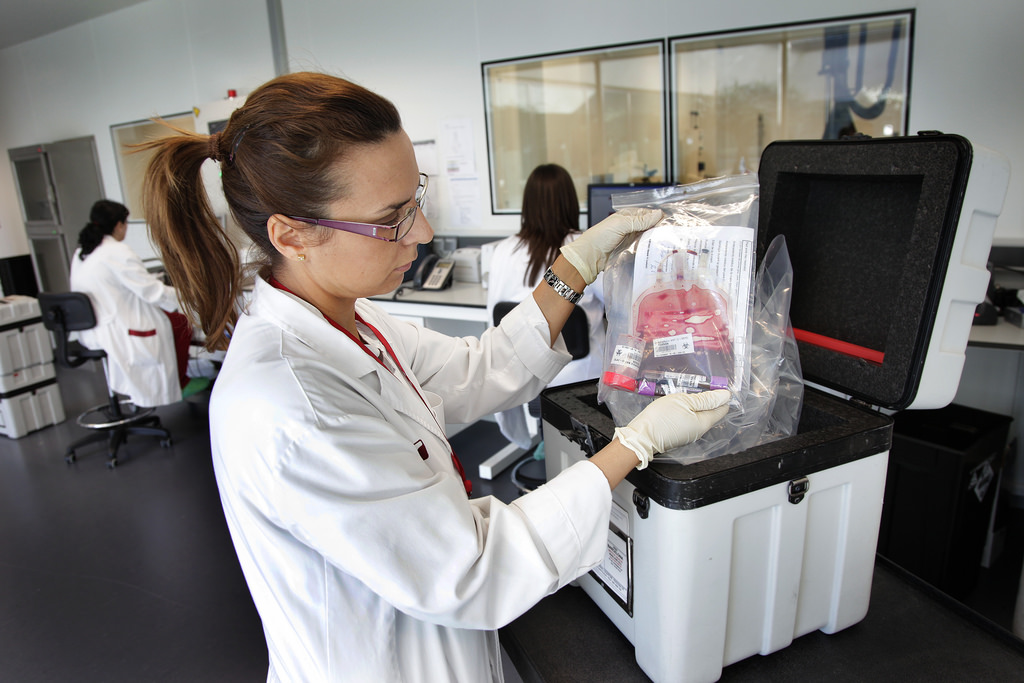The umbilical cord blood of your baby contains life-saving stem cells that can be used to save a life. If you do not donate or choose to bank this cord blood, it will be discarded like any other medical waste. You can choose to protect the future of your child by ensuring that the cord blood is given out or banked in a renowned facility. Here is what you should know about cord blood banking.
It can be life-saving
Umbilical cord blood is a rich source of stem cells that are useful in treating over 80 life-threatening disorders and diseases such as cancer, genetic diseases, immune system disorders and blood disorders. These stem cells can also be used in rebuilding the immune system after undergoing chemotherapy and can also act as a great alternative to bone marrow transplant. In the right conditions, stem cells tend to transform themselves into any body cells. Researchers are exploring the use of stem cells in treating spinal cord injuries, cerebral palsy, diabetes, and autism.
It is pain-free
The cord blood is usually collected after the umbilical cord has already been cut. Therefore, it is completely pain-free for both the child and the mother. The stem cells collection procedure usually takes under five minutes. While you are busy cuddling your newborn, the cord blood collection team will take some of the cord blood of your baby’s umbilical cord for storage. You may never notice that they were even there.
Provides insurance for the entire family
Stem cells accumulated from the umbilical cord blood of your baby are an ideal match for the donor child. Therefore, they will be suitable matches for the siblings of the donor as well. This means that the donor and his /her siblings can also use them. Therefore, banking the cord blood of your kids provides insurance for your whole family.
Banking can be costly
When considering whether to bank or not, the cost is one factor you should look into. Most banks will require you to pay an initial investment of about $1,500 to $2,000 that covers the collection, processing and storage processes for the first year. In addition, you will also be charged an annual fee that ranges from $100 to $200. Banking cord blood can be an expensive insurance policy because it is unclear for how long the cord blood can be successfully stored.

Long storage periods
Scientific studies have proven that cord blood can be successfully stored for more than 22.5 years. Furthermore, the stem cells will still function as they are expected to even with the long storage period. This provides families with the peace of mind they require from infancy to adulthood. Furthermore, banking cord blood stem cells have a 100% success rate.
As you consider cord blood banking, you should remember that your child may never use it. There is a very low chance that your child will utilize their stem cells by the time that he/she reaches 10 years. Research has proven that out of 5,000 donors, only one will use their cord blood. Furthermore, only one in 10,000 kids will use their own cells. However, these statistics increase with age because the probabilities of developing cancer tend to increase over time. Therefore, by age 70, the chances are usually one in 200 donors.

